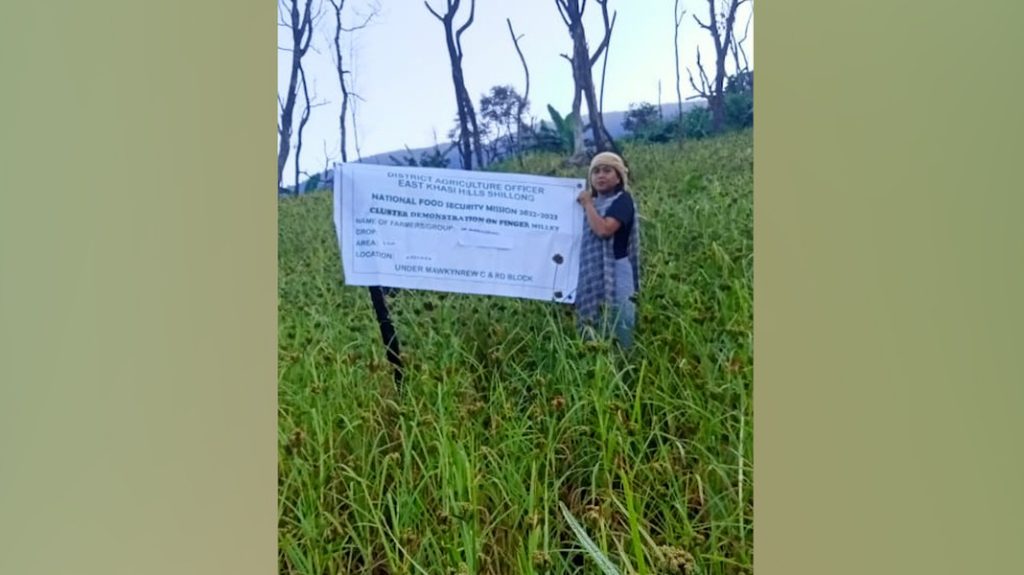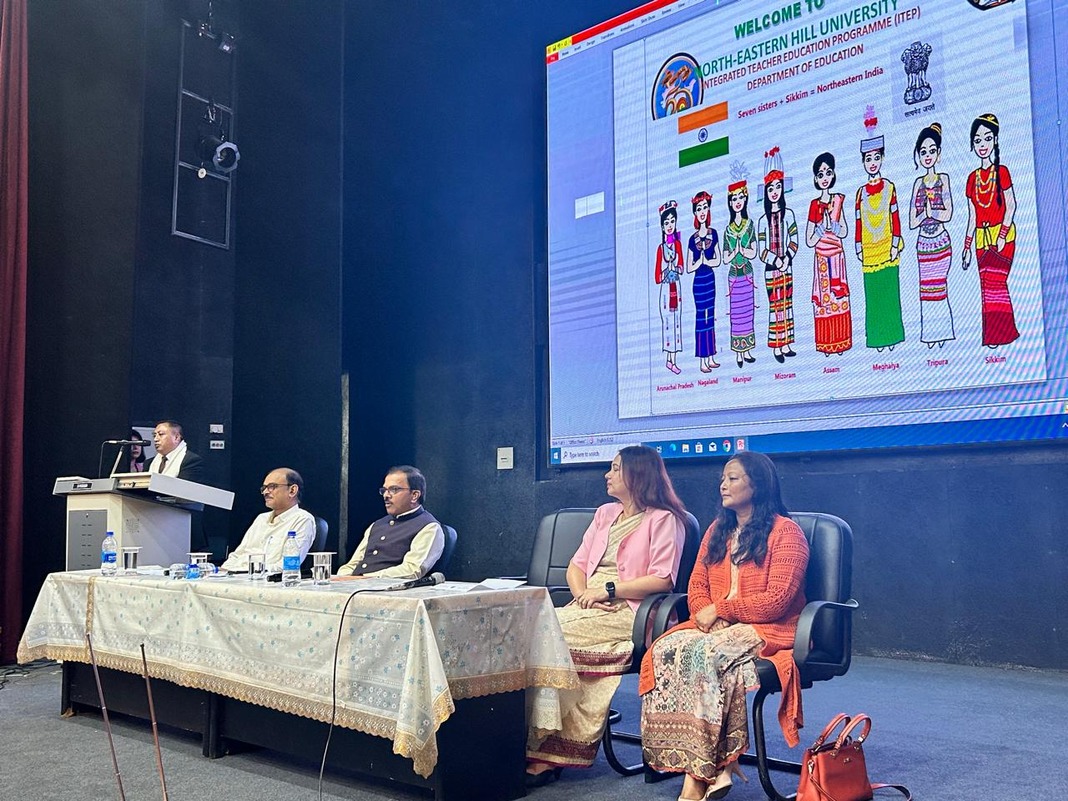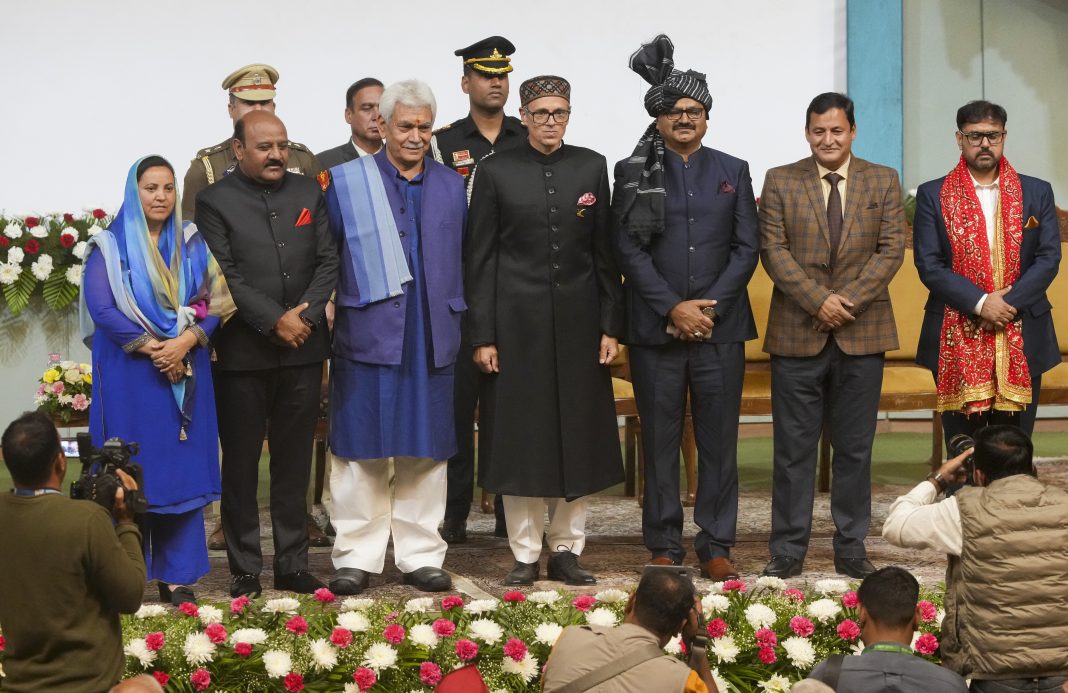ROOPAK GOSWAMI
Shillong, Oct 16: Agripreneurs, farmers and officials from Meghalaya have embarked on a “learning” journey to know about advances being made in the millet industry.
Altogether 26 agripreneurs, farmers and officials are going to attend the International Nutri Cereal Convention 6.0 which is being organised by Indian Council of Agricultural Research-Indian Institute of Millet Research Hyderabad, Telangana from October 17 to 19.
“This is a learning experience especially for agripreneurs, farmers and officials, supported by the Meghalaya Farmers’ (Empowerment) Commission which is leading a 26-member delegation to the Convention to expose our people to the advances being made in the millet industry,” an official of MFEC said.
This is important as the Department of Agriculture and Farmers Welfare has given a lot of thrust on popularising and expanding millets as additional income and nutritional security crops for our farming families.
Many of the farmers and agripreneurs have been trained and mentored by the North East Society for Agroecology Support (NESFAS), which was established in 2012 as a platform dedicated to revitalising, safeguarding, and promoting Indigenous Peoples’ Food Systems (IPFS) while upholding their cultural integrity.
The objective of the International Nutri Cereal Convention 6.0 is to bring together all the stakeholders from the Nutri Cereals industry, from producers to processors to consumers as well as researchers, academicians, and policymakers, who are working across the value chain to engage in meaningful and actionable discussions for the promotion of Nutri Cereals across the country.
Millets, also known as Nutri-Cereals, are highly nutritious, small-grained, and dry land cereals. These nutri-cereals are one among the oldest crops known for their cultivation and consumption even before a millennium, primarily in Asia and Africa. Currently, over 131 countries across the globe are cultivating millets and more than 60 crore people are consuming millets as their staple food. Millets are quite remarkable cereals that are a storehouse of complex carbohydrates, protein, polyphenols, dietary fibre, antioxidants, minerals, and phytochemicals.

Currently, there are four main species of millet that are found in Meghalaya, viz., fox tail millet, finger millet, pearl millet and Jobs’ tears millet.
In 2023-24, millet production in the state was 2,828 metric tonnes and millet cultivation was spread over an area of 3,072 hectares. The average yield is 921 kg per hectare. Foxtail millet and finger millet are the two most important millet species in terms of production and area covered.
“In terms of relative importance, foxtail millet is more widespread in the Garo region, while finger millet is the most common one grown in the Khasi region. Multiple varieties are found with some villages in West Khasi Hills growing more than 10 varieties,” officials said.
Both the millet species have been used not only as a staple food but also used for making local alcoholic drinks that are an important part of traditional celebrations and rituals. The Wangala dance requires preparation of a millet beer out of a specific variety of foxtail millet, while the Khasi tradition of tang-jait also requires a local drink made out of millet.
“Millet is primarily grown in jhum plots but they are also found to be grown in bun plots, particularly in Mawkynrew block. In both cases, it is grown alongside other crops in a mixed cropping system. Bun millet is progressively being replaced by potato and other crops while a decline in area under jhum has also affected millet production,” officials said.
“Increasing importance of the public distribution system, which provides subsidised rice, has also affected millet consumption and subsequently production. Since it is no longer consumed like in the past, it is now mostly grown for animal feed,” officials said.




